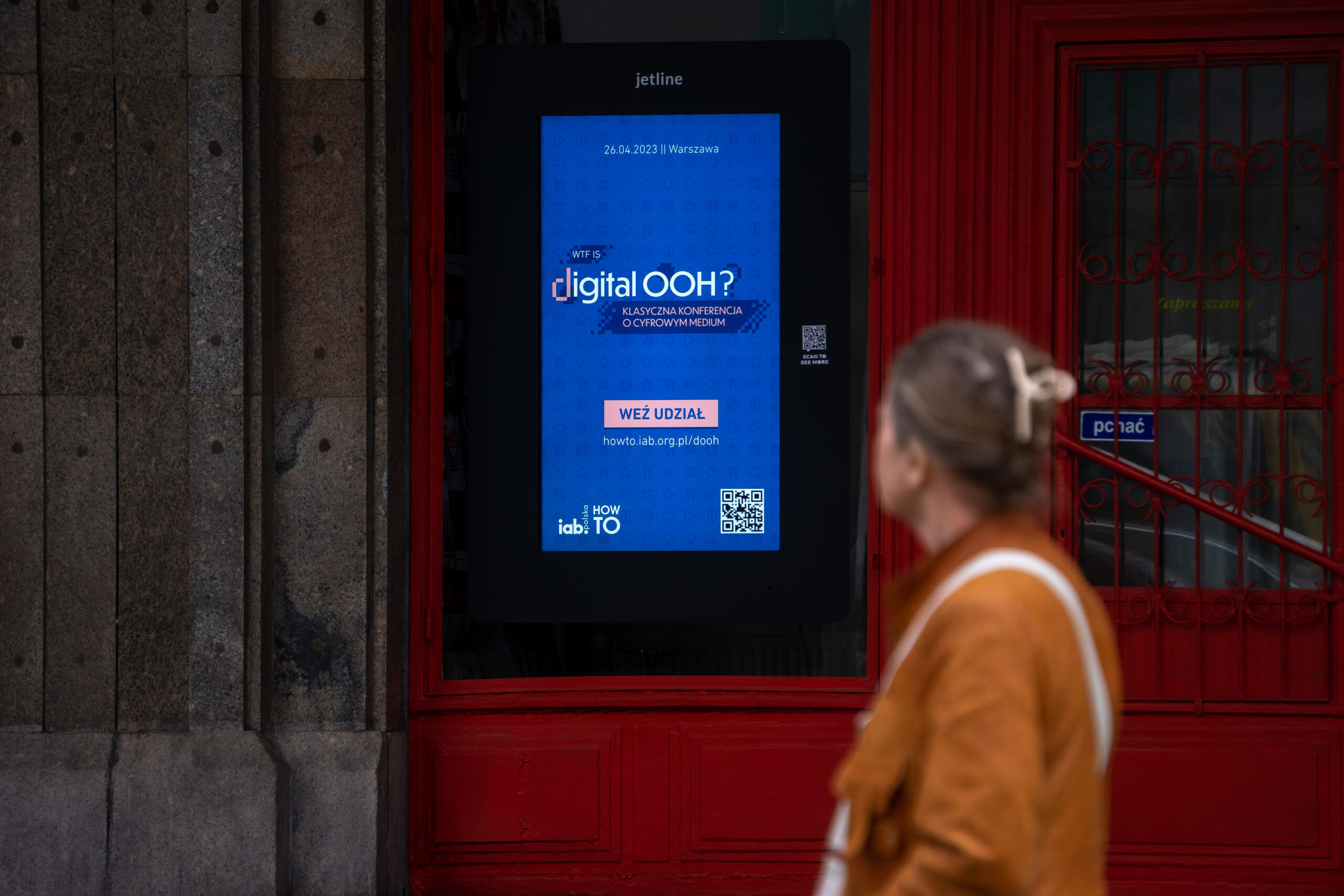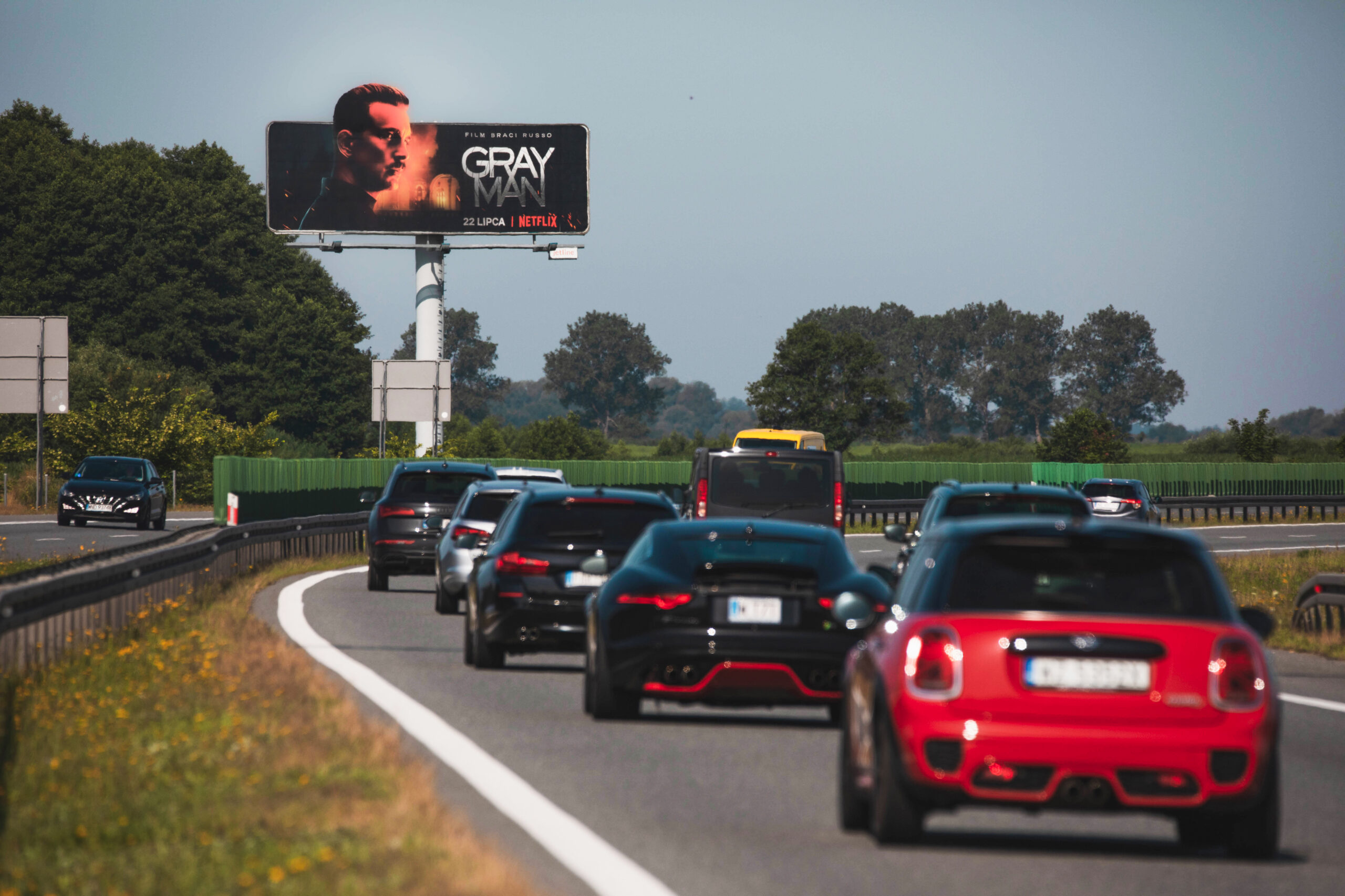Outside Information Bubbles, another Superpower of OOH
Out of home (OOH), classic outdoor advertising, is often described as a medium with wide reach, democratic, and non-declarative. When digitalization fully entered the out of home world, it turned out that there were many new qualities and important differences. So much so that it's reasonable to say: we have a new medium. It's called Digital OOH.
Digital OOH takes the best from various media. It has great creative potential and easily synergizes with other communication tools. It effectively reaches a selected and planned audience. It operates flexibly, and its effects can be easily measured. Many things can be automated at various stages, and it's conducive to analysis and reporting.
What connects both digital and classic out of home communication is the environment in which they operate, namely public space. This involves several important things, two of which seem very important. The first is responsibility.
OOH Communication in Space
Out of home advertisements, especially those before the digital OOH era, were said to be impossible to turn off. This was said to emphasize the fact that when we're already somewhere on a city street, in a space, we can't decide, as we would by pressing a button on a TV remote, a switch on a radio, or an X on a screen, that "I don't want to see this ad after all". Perhaps this feature of OOH caused emotions to build up around out of home. In other media, I can decide: I switch channels, change radio stations, go to the kitchen, turn a page in a magazine. And that's it, the ad is still there, but I don't see it, I don't hear it. Outdoor is different. And this is where responsibility comes in.
Credibility of OOH
The second thing that determines the modern approach to out of home communication is credibility, trust of the recipients. These characteristics of communication in space were emphasized, among others, at this year's WOOH (World Out Of Home Organization) congress. At a time when 70% of people fear false information and don't feel safe with messages in other channels, OOH is considered a trustworthy medium, free from deep fakes and disinformation. But outdoor also doesn't create information bubbles in which people are stuck moving within known and preferred places on the web, very quickly deciding what they want and don't want to see and hear.



